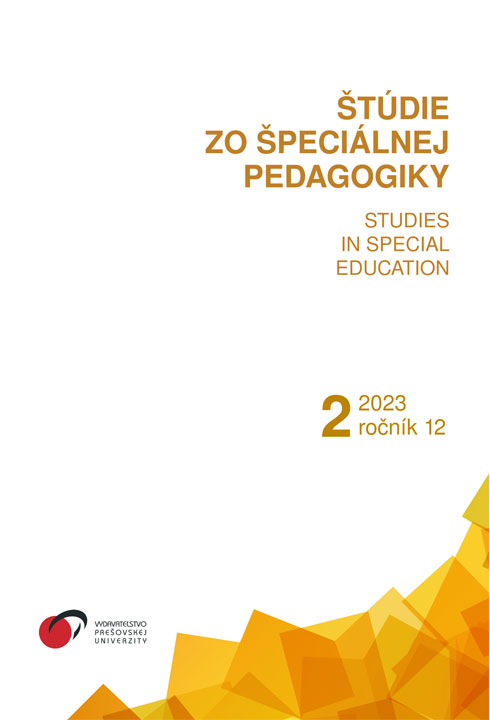Application of noncontingent access to matched stimuli procedure for addressing problem behavior in a child with autism
Application of noncontingent access to matched stimuli procedure for addressing problem behavior in a child with autism
Author(s): Ivana Trellová, Lucie SchumaSubject(s): Social Sciences, Education, Preschool education, Inclusive Education / Inclusion, Pedagogy
Published by: Vydavateľstvo Prešovskej univerzity v Prešove
Keywords: autism; problem behavior; sensory function; behavioral intervention; matched stimuli;
Summary/Abstract: One of the defining characteristics of autism spectrum disorders is the presence of repetitive patterns of behavior and restricted interests that include hyper- or hypo-reactivity to sensory stimulior seeking out sensory stimuli in the environment. So-called self-stimulatory behaviors usually havea sensory function where the behavior is automatically reinforced without the need for social contact with another person. Such behavior is a serious problem for a child because it negatively affects attention and spontaneous learning of new functional skills. The use of behavioral interventions can effectively reduce or even eliminate the problem behavior, often by identifying socially appropriate behaviors to replace it. This paper evaluates the effects of the noncontingent access to matched stimuli procedure within a multicomponent intervention aimed at eliminating object licking behaviorin a girl with autism spectrum disorder. Results showed that target behavior decreased significantly and remained at low levels only after access to matched stimuli that were sensory identical to the consequences of the problem behavior was provided.
Journal: Štúdie zo špeciálnej pedagogiky
- Issue Year: 12/2023
- Issue No: 2
- Page Range: 18-29
- Page Count: 12
- Language: English

